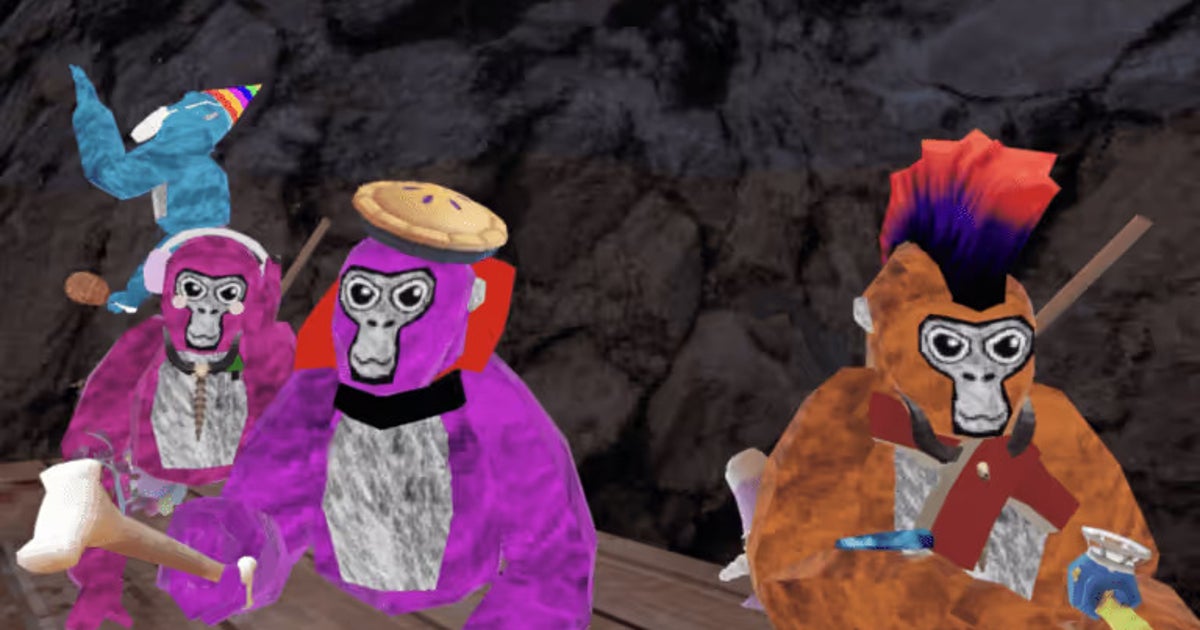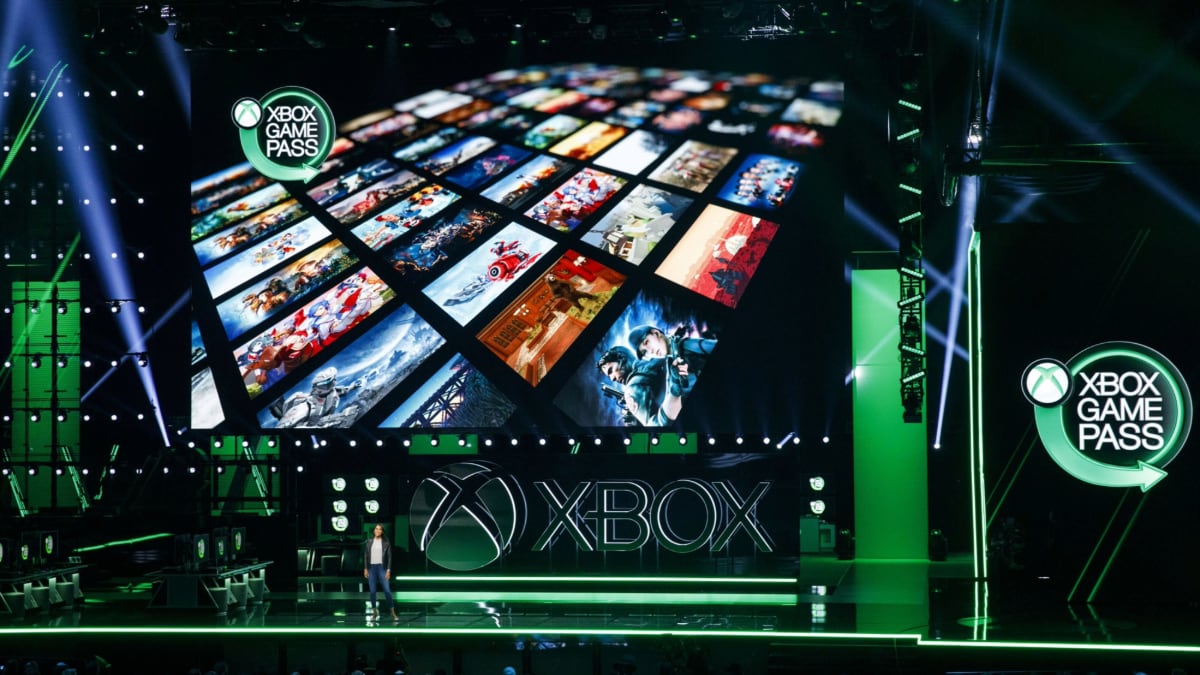Advances in virtual reality headset technology may have slowed in recent years, but the audience for them continues to grow, and even develop new branches. An interesting example of this is the relatively new phenomenon of VR natives.
VR natives are people whose primary – and possibly even first – gaming platform is a VR headset of some kind. With a core age range of 13 to 24, it’s a demographic that covers an age bracket that is relatively small, but representative of a person’s formative years. This is the section of the audience that nDreams’ latest studio Compass, formed after last year’s restructuring, is aiming to cater for.
“It’s not one size fits all,” says studio head Callum Godfrey, in recognition of the fact that a 13 year-old’s tastes aren’t necessarily those of a 24 year-old. “We are definitely seeing some trends in the data that we’ve done, and we’re really excited to start using that data to try and target all ends of that spectrum within that younger audience bracket.”
Research has told Godfrey and his team that one consistency among this new, younger audience is that they’re more willing to experiment with new experiences than a more traditional, older VR audience. Rather than MOBAs and shooters, they’re drawn to slower, social experiences, regardless of genre.
Play time
Notably, compared with older audiences, VR natives spend more time playing VR (20–30 minutes more per session) and play it more often (typically 3–4 sessions per day, as opposed to 1–2 sessions). Combined with the fact that a large majority of those surveyed have no issues with space when it comes to room-scale experiences, they’re open to certain types of games that a more traditional VR player might struggle with. And culturally, they truly embrace VR.
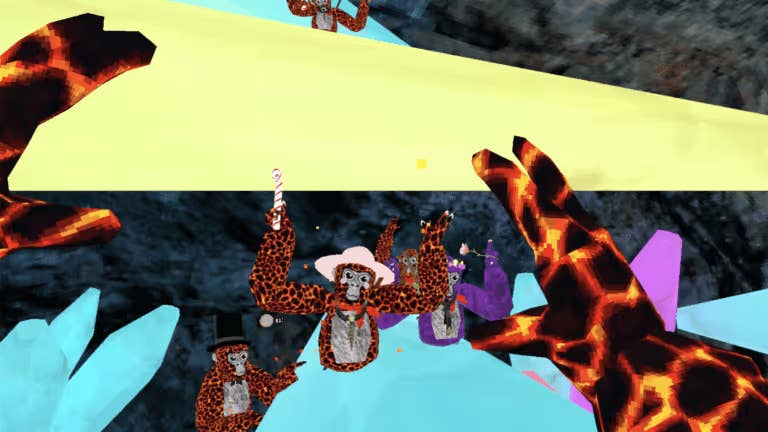
“They feel like it’s a space where, because they’re in there as early adopters, they feel cool,” Godfrey explains. “They’re trying lots of different content out, and they’re really, really vocal about things as well. They’re joining Discords, they’re posting things. They’re really socially active, and want to become champions and engage with the product beyond just the game itself.”
A hit with this passionate and socially active audience, then, has the potential for steady growth and a long lifespan. In order to appeal to the entire VR native spectrum, Godfrey explains, Compass is looking at factors that resonate with players regardless of age.
“We’re thinking about social play. We’re thinking about ways you can interact and engage with each other that [aren’t] just following the rules of the game. It’s about ways that you and other people can spend time doing things at your own pace, rather than being forced by the game […] You can think of it more as a sandbox or playground-style game mechanics in a social context.”
This doesn’t mean that Compass will focus on social experiences to the complete exclusion of solo games – there is, Godfrey acknowledges, a place within the VR native audience for single-player titles. But VR natives have a strong desire to engage with other people, at a pace that they dictate, with the immersion that only VR can offer.
Balancing act
Whether the experience is solo or social, there is an eagerness – if not something of an impatience – among younger players to dig into the meat of a game. “They’re a bit less likely to sit through a 30 minute cutscene before they get to the good bit,” says Godfrey.
But this need for immediacy has to be balanced with the more relaxed, laid-back approach that this new audience also desires.
Given the younger age (and therefore lower amount of disposable income) of VR natives, it is perhaps no surprise that the more affordable end of the headset market makes up the majority of the tech at play here, in the forms of the Meta Quest 2 and 3.
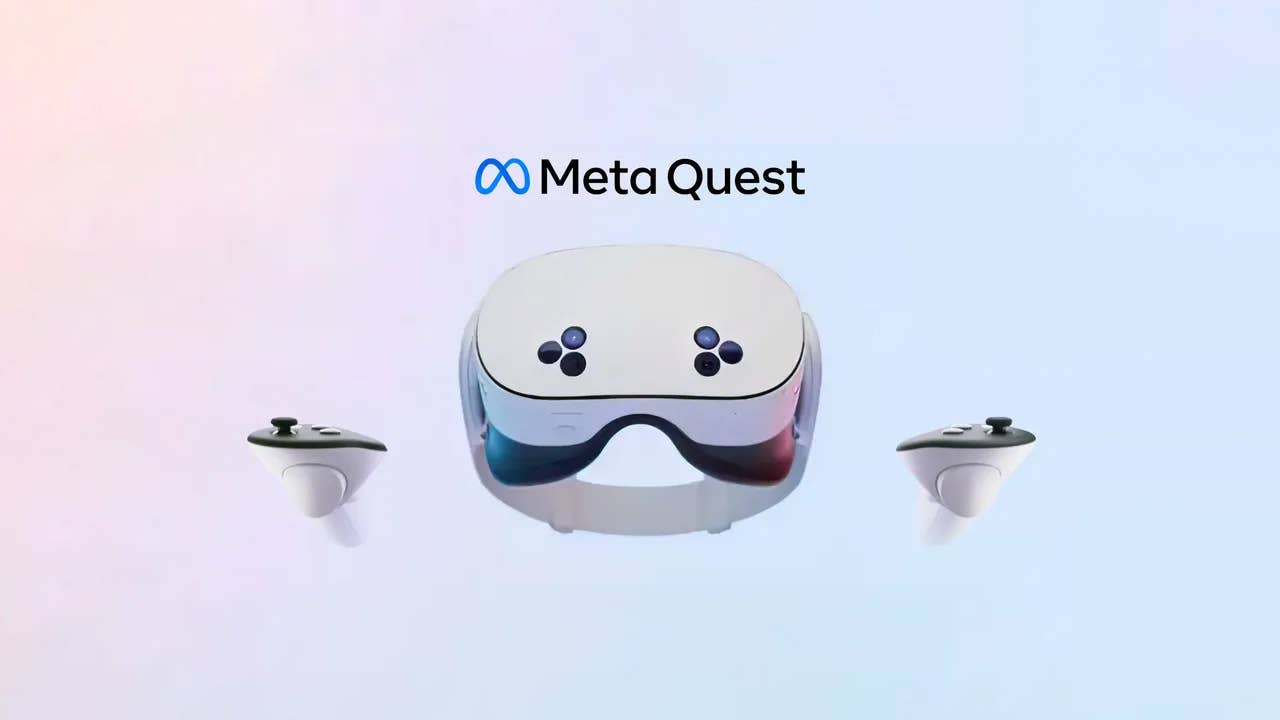
Compass was curious about where these headsets came from. “One of the theories we wanted to test,” says Godfrey, “was whether or not people had gotten into VR gaming as VR natives through hand-me-down headsets. It was actually a very low proportion of the VR native audience: I think it was something like 12% to 13% based on the results we got through.”
“Most of them have bought it, the majority have bought it brand new. So there is a really strong desire for this VR native audience to want to own that platform, and want it to be their platform, not somebody else’s that they’ve inherited.”
This sense of ownership may go some way to explaining the longer, more numerous play sessions per day compared to older VR players. Lengthy play sessions of 3–5 hours are rare among this audience compared to those who play traditional flatscreen experiences, but one constraining factor that’s more prominent with VR than with other platforms – particularly for self-contained headsets such as the Quest – is battery life.
Staying power
If battery and, to a lesser extent, space constraints are solved with technological advances, there is every reason to believe that the length of the average play session would increase. A very large proportion of the VR native audience is willing to upgrade if and when they feel it necessary.
So, Compass has a good understanding of who VR natives are, and what they want. But how to translate this knowledge into something that they actually want to play, and continue playing? The answer, Godfrey explains, is simple: Go directly to the source.
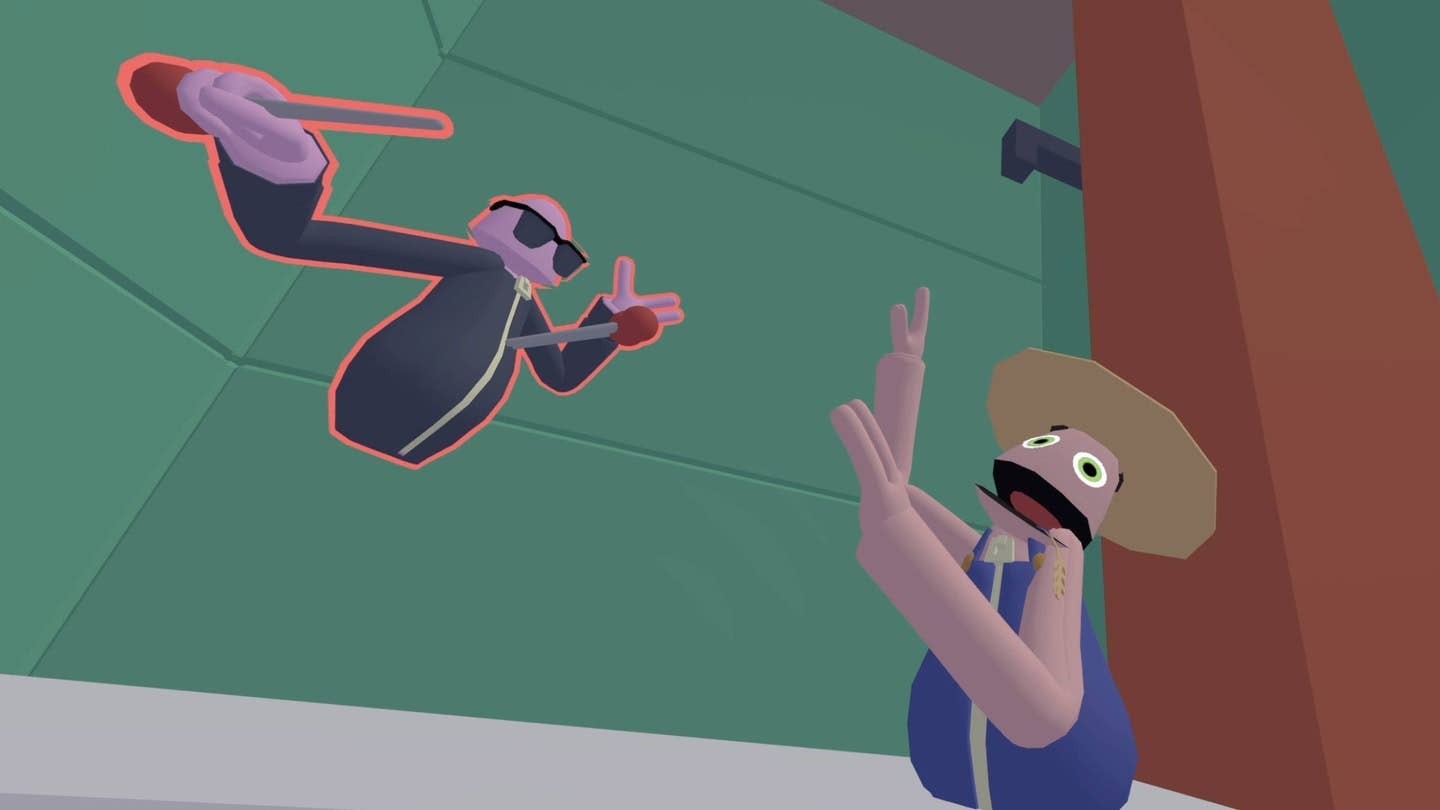
“Every three months inside Compass Studio, we bring a group of VR natives from that teens and young adults audience into the office to playtest our games, playtest our prototypes, to review pitches for us, give us qualitative feedback. So we’re combining quantitative data from the big market research survey we did of over 3,000 players, and qualitative data to make sure that the practical meets the theoretical.”
This hasn’t been without certain challenges, which will be familiar to many developers with experience of playtesting VR titles. The spectre of motion sickness looms larger for VR than it does for flatscreen – particularly for prototype builds – and the fundamental logistics of testing a multiplayer game are much more complicated when it involves giving 16 people VR headsets and enough space to safely and effectively use them.
“The rate at which new players are coming into the ecosystem is greater than the rate at which they’re leaving it”
Callum Godfrey, Compass
Of course, those who sit within this group today no longer will in another 10–15 years or so. As they age and develop, so will their tastes in video games, which will often steer them towards spending more time with entirely different experiences. But although some individuals will leave, the VR native demographic itself is not going anywhere, Godfrey asserts.
“I think that as the existing VR natives age up and move into other demographics,” he says, “the rate at which new players are coming into the ecosystem is greater than the rate at which they’re leaving it.”
Just how many people will keep coming back to VR native experiences as they enter a new age bracket remains to be seen. Even if that proportion proves to be small, there is – the data strongly suggests – no shortage of people to take their place, hungry for the next game with them in mind.

